Palácio de Fronteira
One of Lisbon’s great palaces lies in a calm area away from the centre of the city. The Palácio de Fronteira, in the Benfica area, is near one of the entrances to the city’s lungs – Monsanto – and deserves a visit.
Built in 1640, it's one of the most beautiful residences in Lisbon, containing splendid rooms with 17th- and 18th-century decorative tiles, frescoed panels and oil paintings. The palace, built in the Mannerist style with Baroque decoration, perfectly illustrates the 17th-century palatial style.
Palácio de Fronteira was built as a hunting lodge and country house for D. João Mascarenhas, the 1st Marquês de Fronteira. Its inauguration happened around 1675. With the devastating earthquake of 1755, the family’s official residence in Chiado was destroyed. Due to its location outside the epicentre of the city Fronteira Palace survived without major damage. Thus, the family of the Marquês de Fronteira moved here and a new wing was built.

The property has been in the family of the Marqueses de Fronteira for 13 generations so far. Apart from being a beautiful palace to visit, it also remains the residence of the family.
It is, however, most famous for its stunning gardens with impressive, well-preserved tiles (some of the country's finest, depicting hunting, battles, and religious scenes), its sculptures of Portuguese kings as well as historic, artistic and mythological figures and its fountains.
The historical garden has a large Basin called the Knights Pond on the south. It is surrounded by walls decorated with panels of tiles representing the 12 months of the year (East), the 12 Zodiac signs (North), and the four elements, planets and constellations (West).
[caption id="attachment_10058" align="alignnone" width="696"]

Landgraaf, Netherlands - July 12 2016: The Palacio dos Marquises de Fronteira in Lisbon was the inspiration for this garden and gallery.[/caption]
During the 18th century some exotic trees have been added to the Palácio de Fronteira. In contrast to what happened in Lisbon in the aftermath of the wars of Restoration of Independence (1640-1668), water was abundant here, and the garden took advantage of it by displaying this richness in five fountains situated at the centre of the garden, the large flowerbeds as well as in the large basin.
The wall of the basin displays 14 panels of tiles depicting noblemen. Above the wall is placed the gallery of Kings, where the busts of Portuguese Kings are located. Through a staircase one can accede to a second garden, known as the Garden of Venus. At the very end of this section is a garden grotto known as “Casa do Fresco” which is richly decorated with tiles and a well preserved set of Rocaille stuccoes. In front of this grotto lies the celebrated basin, a pond in wavelike form decorated with infants and dolphins. On an inferior level, facing “Casa do Fresco” one can find yet another fountain richly decorated with Rocaille, with three water mouths, known as the “Fonte da Carranquinha”.
[caption id="attachment_10059" align="alignnone" width="1288"]

Lisbon - MAY 21: Fronteira Palace built in 1640 it's still one of the most beautiful residences in Lisbon containing splendid rooms with 17th and 18th century decorative tiles fresco panels and oil paintings. May 21 2011 in Lisbon Portugal[/caption]
On the terrace, visitors can find panels representing the 7 liberal arts that are accompanied by Greek deities. At the bottom of the terrace is the chapel. There is a funny legend about its decoration.
Legend has it that the first Marquês de Fronteira invited King D. Pedro to inaugurate the palace. At that time, there was the superstition that whatever the king touched could no longer be used. So after the dinner with the king, all the dishes were broken and their shards were used to make the decoration of cladding.
20.06.2019 00:00:00
Next article
The only thing that overcomes hard luck is hard work


 Landgraaf, Netherlands - July 12 2016: The Palacio dos Marquises de Fronteira in Lisbon was the inspiration for this garden and gallery.[/caption]
Landgraaf, Netherlands - July 12 2016: The Palacio dos Marquises de Fronteira in Lisbon was the inspiration for this garden and gallery.[/caption]
 Lisbon - MAY 21: Fronteira Palace built in 1640 it's still one of the most beautiful residences in Lisbon containing splendid rooms with 17th and 18th century decorative tiles fresco panels and oil paintings. May 21 2011 in Lisbon Portugal[/caption]
Lisbon - MAY 21: Fronteira Palace built in 1640 it's still one of the most beautiful residences in Lisbon containing splendid rooms with 17th and 18th century decorative tiles fresco panels and oil paintings. May 21 2011 in Lisbon Portugal[/caption]

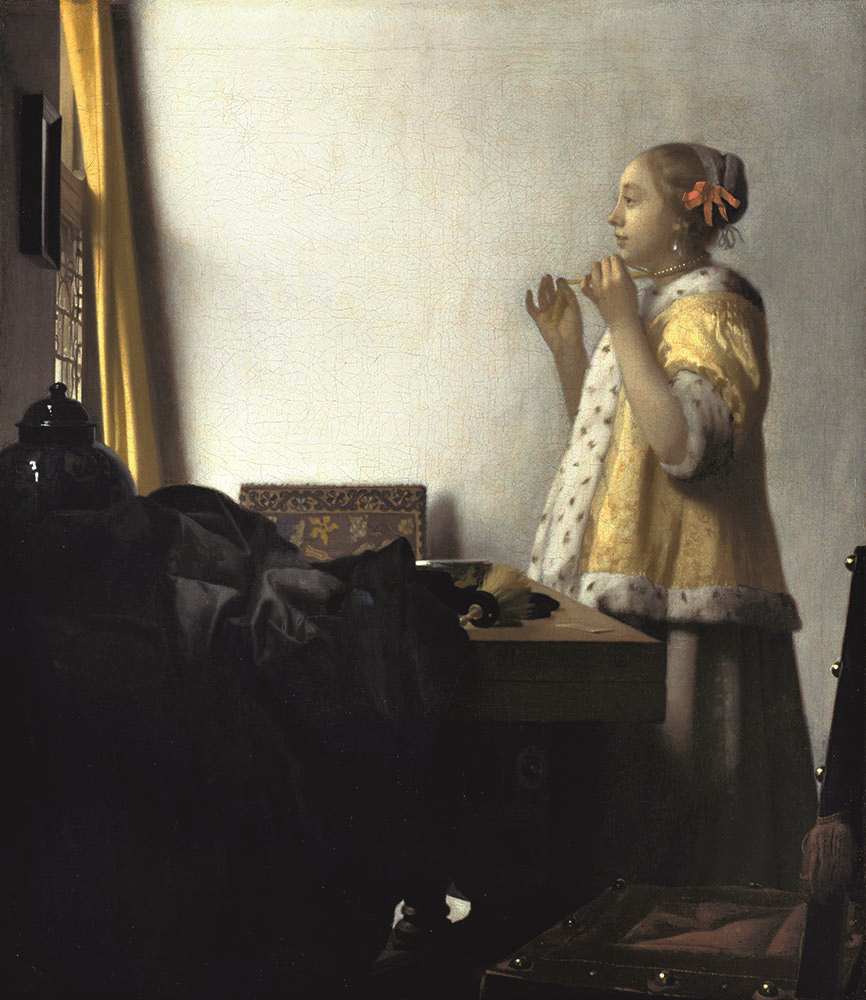

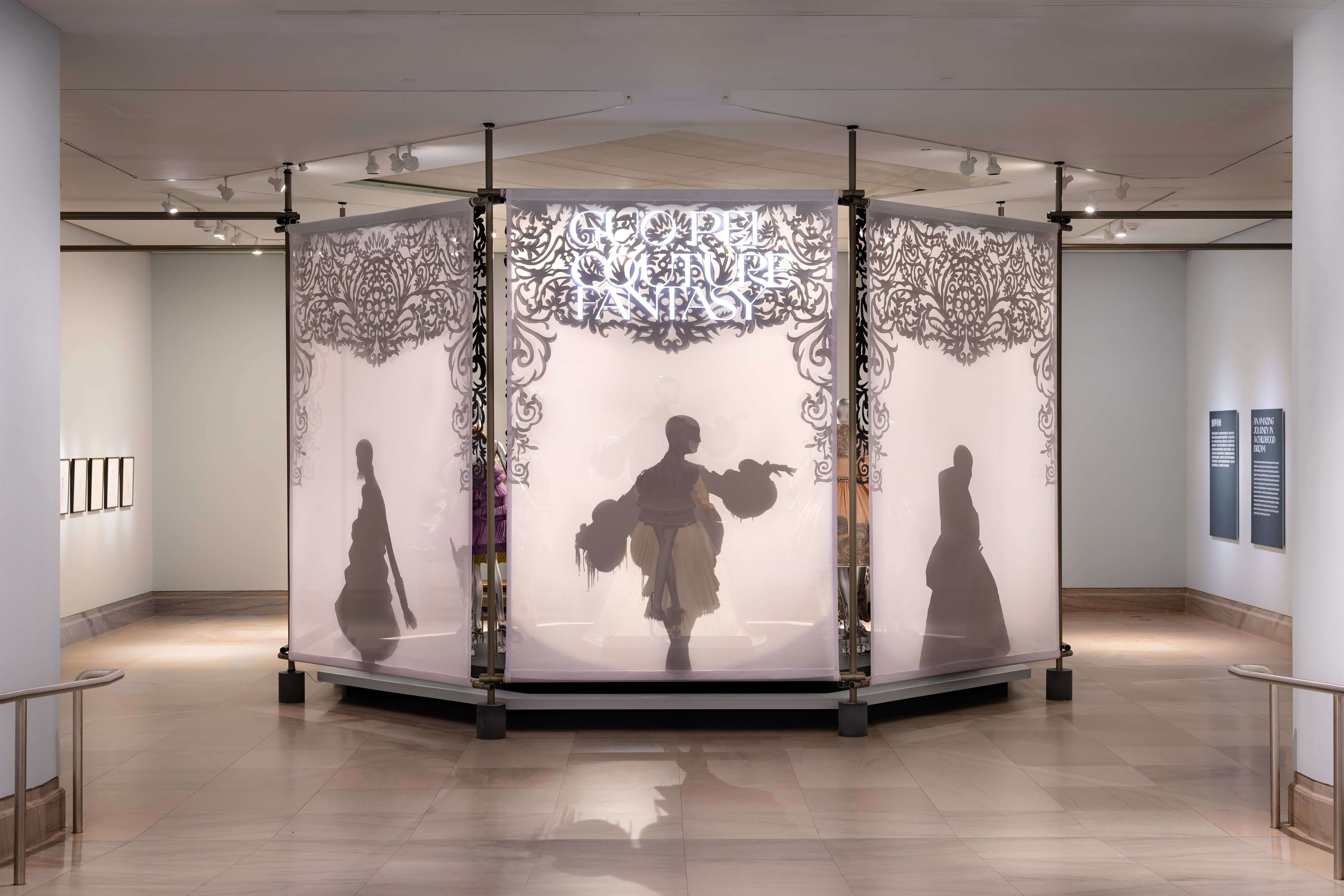
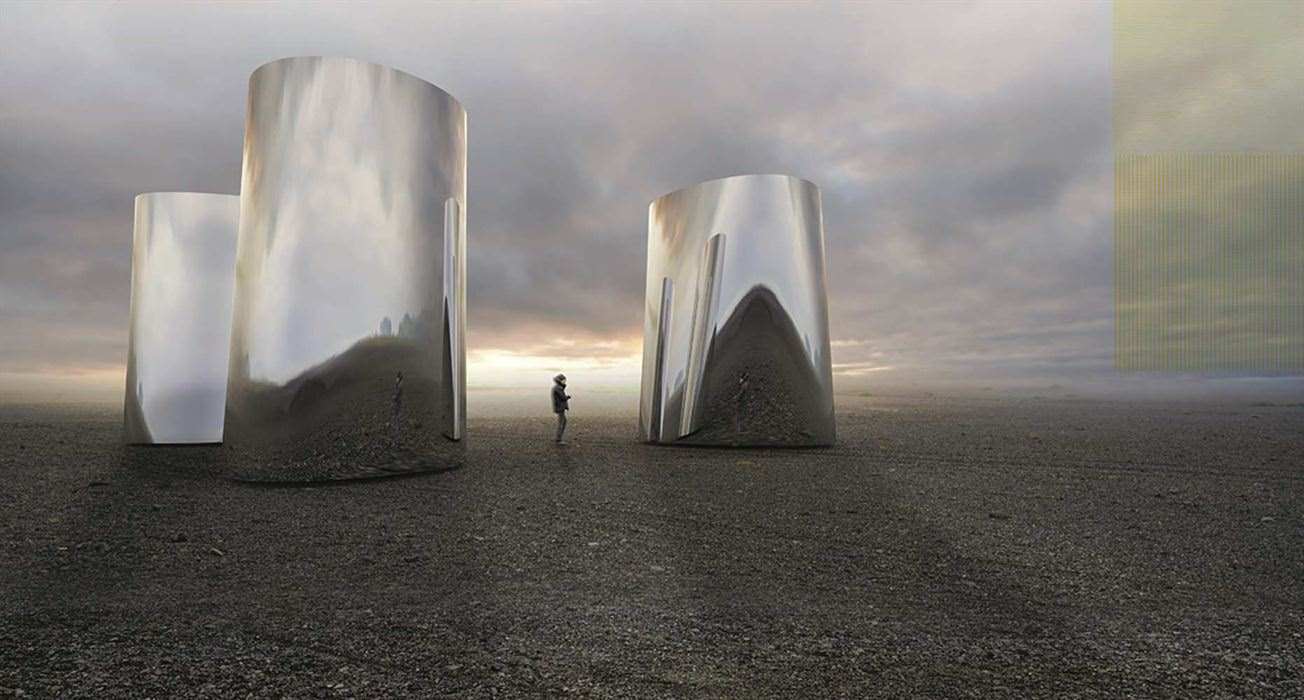
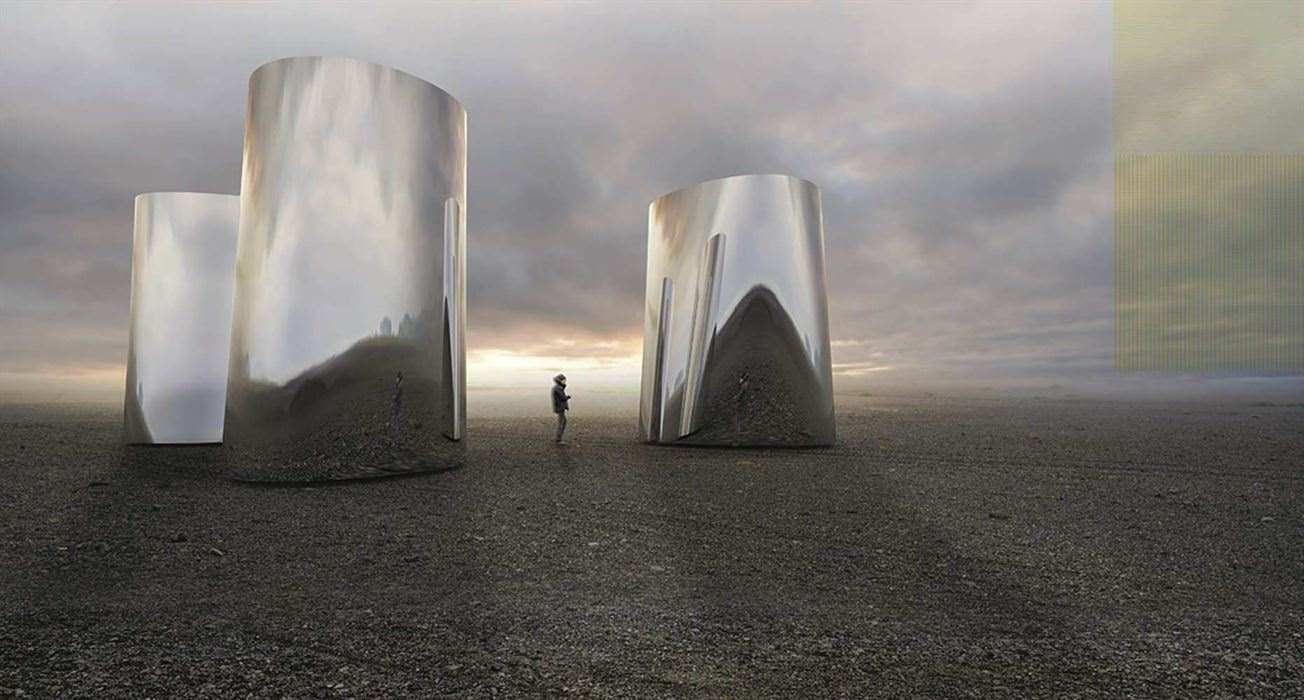
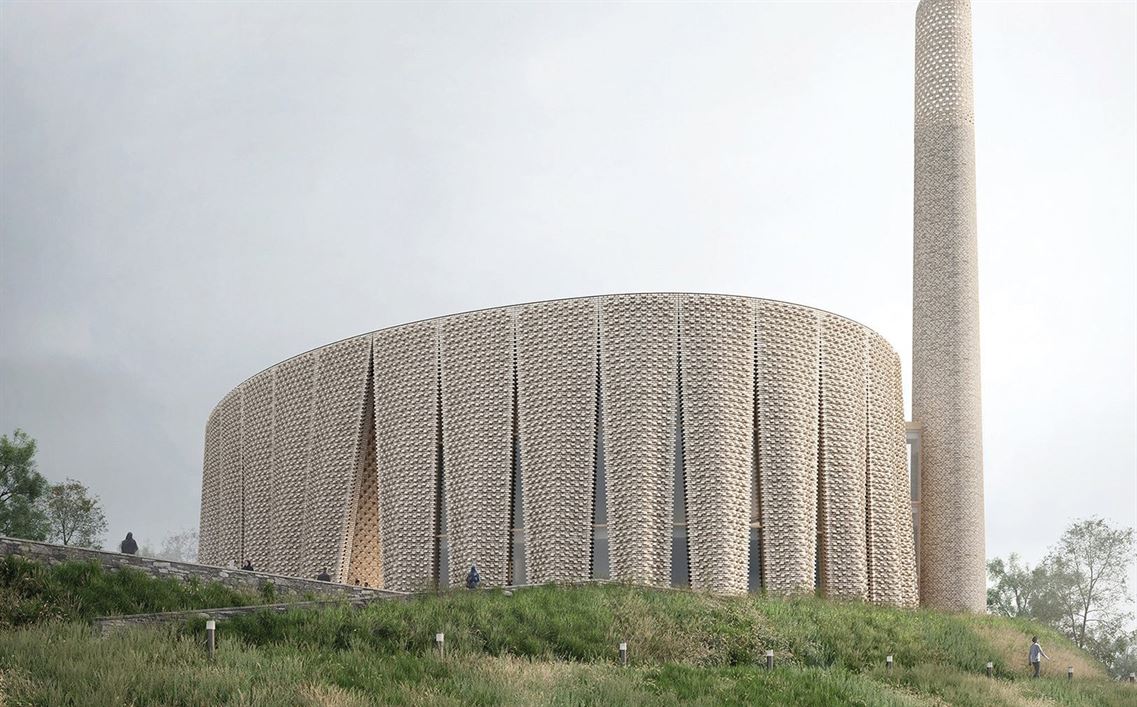

Yorumlar